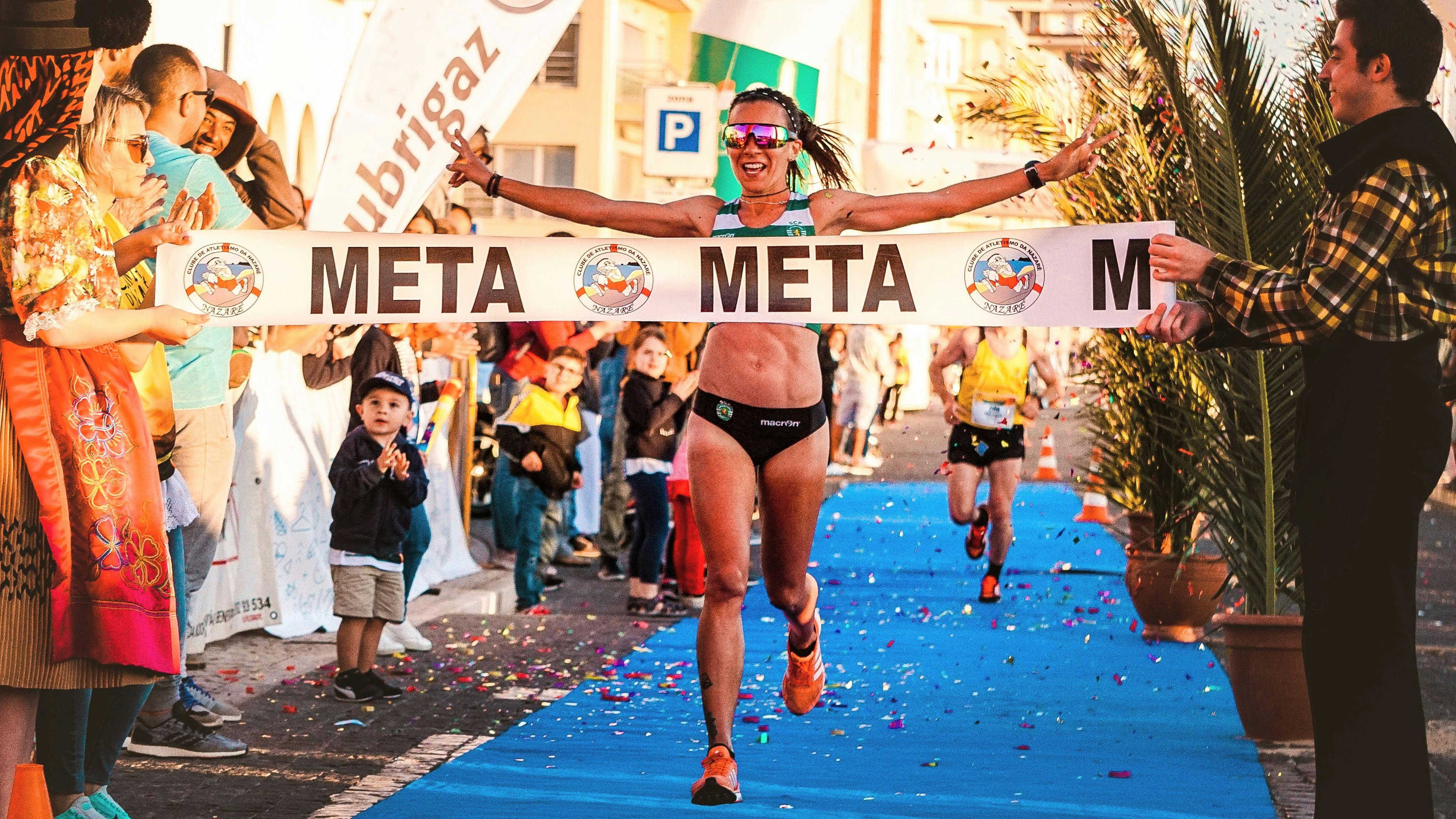During the 1970s and 1980s, Topps and O-Pee-Chee were the only kids on the hockey card block. Topps first entered the hockey card market with the 1954-55 series. Between 1951-52 and that set, Parkhurst was the only manufacturer to provide products. The two would run together for more than a decade, dividing the six-team league in half. Parkhurst’s cards included players from the Toronto Maple Leafs, Detroit Red Wings and Montreal Canadiens. Topps featured players from the Chicago Black Hawks, Boston Bruins and New York Rangers. In 1963-64, Parkhurst produced its last series. O-Pee-Chee had originally produced cards in the 1930s and 1940s, but went on hiatus until it was resurrected in the 1960s.
Aside from the obvious, like the labels on the back indicating who the manufacturer was, there are a number of ways to tell a Topps card apart from its O-Pee-Chee counterpart in an era where they were both basically clones of each other.
Topps hockey cards were printed on slightly different paper or cardboard. The topps generally had darker colors on the back. Topps cards were also prone to, what I call, the ‘Topps stain’. The greasy fingerprints stood out quite prominent and permanent on the back of the Topps cards. The faces of Topps’s cards looked brighter than those of their cousins.
The 1971-72 series is a radical exception to the rule. The faces are the same on the Topps and O-Pee-Chee cards, but the back is quite different. The topps have a green and yellow back and are oriented with the print at the shortest width. The OPC hockey cards are facing in the opposite direction on the back and are colored in pastel green and black.
The number of cards is much higher in the O-Pee-Chee series. This is understandable if O-Pee-Chee is a Canadian company that sells products to the hockey-hungry Canadian market. The converse was in effect for baseball cards during the same era, with Topps sets being much larger than the OPC series.
One important difference that makes identifying the difference between Topps and O-Pee-Chee unmistakable is the language on the back of the card. The informational blurb on Topps cards is in English only, while OPC is in English and French. Interestingly, on O-Pee-Chee cards, sometimes the information was different in English than in French.
Currently, Topps is off the market. O-Pee-Chee exists but only in name, actually. Upper Deck is now behind the OPC brand and the cards are no longer produced in London, Ontario, Canada.



